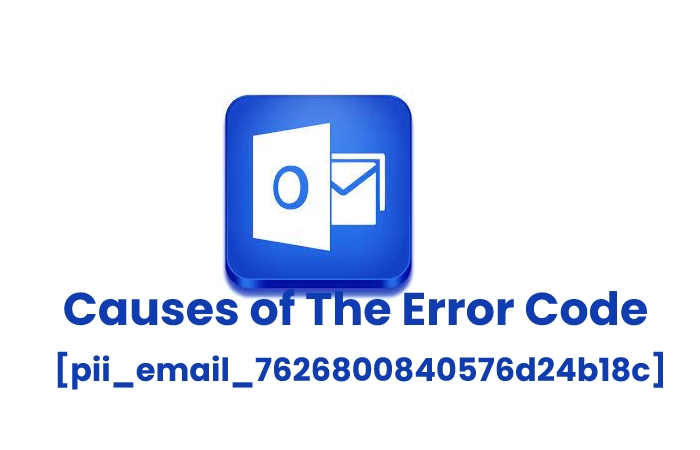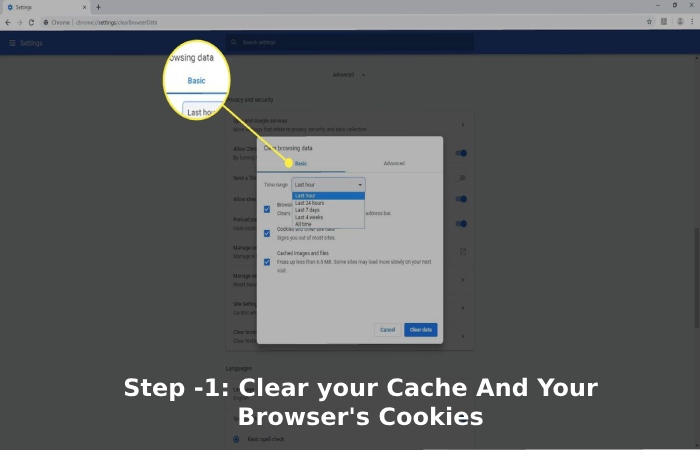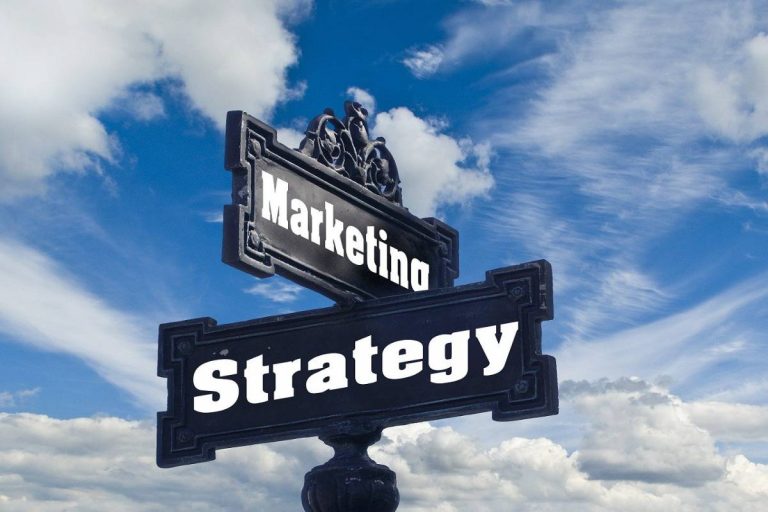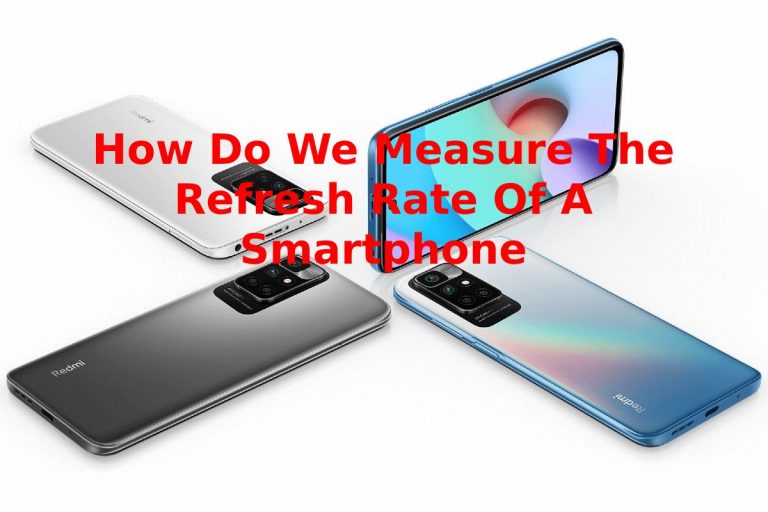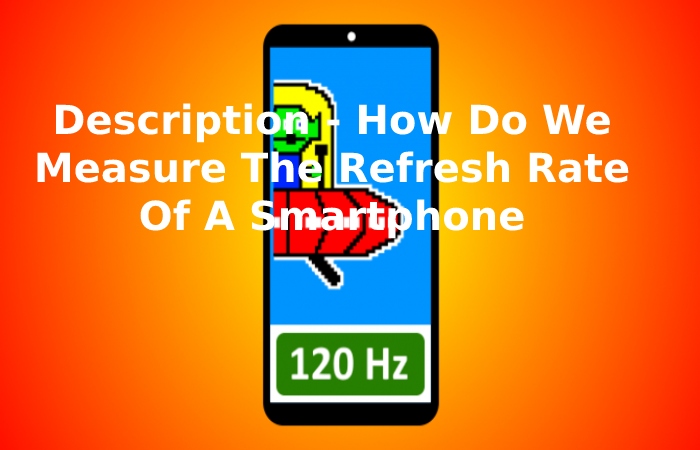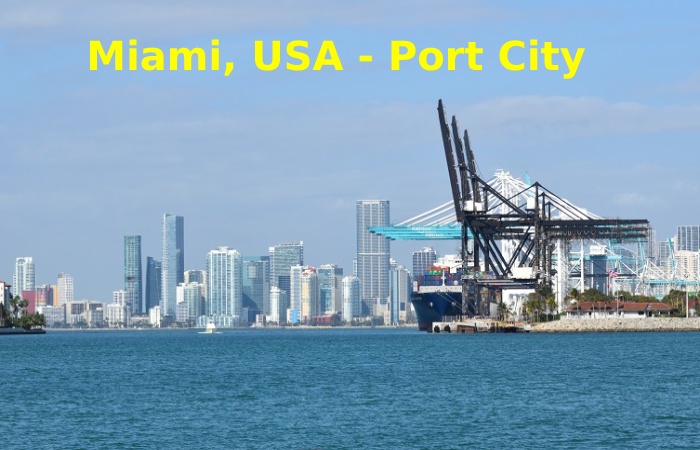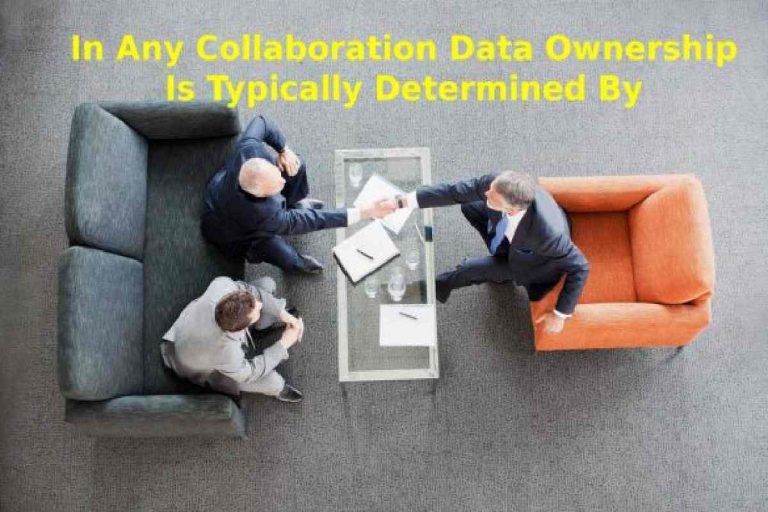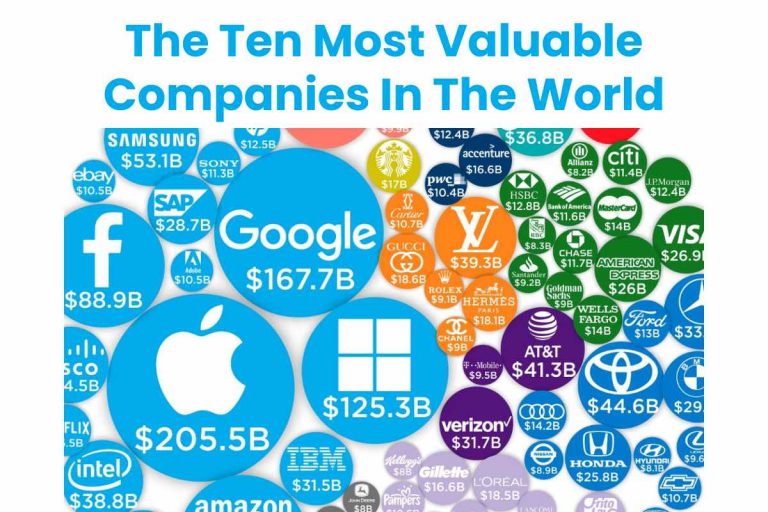You can work hard every day to improve your product, but what if customers leave you? The attitude of your customers isn’t just a reason to be proud or sad but also an important indicator and growth point. This metric is the NPS index. Net Promoter Score (NPS) shows how much users love or hate you. Let’s dwell on it in detail.
In general terms, the question is, “Would you be willing to recommend our company to your friends?” Companies ask it in different ways, but we’ll talk more about the interpretation. The answer to the question is a score of 0 to 10, where 10 means “I would gladly recommend it” and 0 means “I would never do it in my life.” The results of such a survey are easy to collect and evaluate and then draw conclusions.
Table of Contents
How to Conduct a Survey
You don’t have to do a tremendous amount of work to calculate the NPS index, which is a huge benefit of the metric. You’ll get around all the pitfalls painlessly if you’re prepared for them. Here’s a little algorithm:
- Formulate a question.
- Put together a survey form. There are many handy services for this, some are even free.
- Run the survey and forget about it for 3-4 weeks: you need to collect enough responses.
- Upload the answers and analyze the result.
- Think about how to get better results next time.
How to Decipher the NPS Scale
Use a scale of 0 to 10 for analysis. The breakdown is as follows:
- 0-6 points are detractors. These are the people who leave angry feedback about you, and if they haven’t found a replacement for you yet, they will do it soon.
- 7-8 points are neutrals. They say that indifference is worse than hatred – this is exactly the case. These people treat you normally, but as soon as they come across someone better, they will gladly leave.
- 9-10 points are promoters. These are your longtime customers, you might say, the freelance marketers of your business. They are easier to get in touch with, they often leave positive feedback and are responsible for the very word of mouth that works for you.
How to Calculate NPS
Although this method is easy, it’s not as simple as when you play roulette online and can rely only on your luck. With this index, you still should make some calculations. To calculate your customer loyalty index, subtract the percentage number of disloyal customers from the percentage number of disloyal customers.
The result will be somewhere between -100 and 100.
So if your NPS is:
- More than 50 – everything is wonderful, but you still can’t relax.
- 30 to 50 – it’s not bad, but you can do better.
- Less than 30 – not a good sign.
- Less than 0 – time to take urgent action.
Update the data. It is difficult to say how often you should conduct a survey: the optimal time interval for each business is different. For example, an online clothing store may be interested in user attitudes after every purchase, and a mobile app – every 3 months.
If from period to period the index stands still, it means it is time to do something for its growth.
What Affects the NPS Index
The NPS score isn’t just based on customer attitudes toward you. There are two factors that can affect it, and at the most inopportune moment – when you relax and think that you’re doing fine.
The level of loyalty is influenced by:
- The work of your competitors. A person may be in love with you with all their heart, but if your competitors have been pushing it lately and made a super cool offer, they may give up.
- Customer Patience. Everyone makes mistakes, and your most loyal customers understand that, too, of course, but there’s a limit to everything. If you’ve screwed up a few times, be prepared for an unpleasant surprise when you figure out your NPS.
The recommendations are obvious. Always keep an eye on your competitors and stay afloat. And don’t screw up. But if something went wrong, be sure to apologize.
Why NPS Is Needed
NPS should be calculated for several reasons:
- More data in less time. Users are put off by long surveys: who wants to spend half an hour of their lives noting how they liked the assortment and whether there are comments on delivery.
- You can set a measurable goal. If customer loyalty has increased, it means you’ve done a great job – the connection is obvious. The growth of NPS is influenced by improvements in the product, an effective marketing campaign, profitable offers, so it is very convenient to indicate the KPI of the company through a certain level of NPS. How to do it in practice is well described here.
- It’s easy to run a survey. No need to spend a lot of time and effort to run a survey on the site. You can ask a question via email or SMS, or you can do it via a popup, or a special form on your site – pick whichever works best for your company.
- It’s easy to use in segmentation. Try to correlate the level of customer loyalty with the age or gender of your customers. This way you can understand why some people adore you, while others don’t have a relationship with you, and depending on this, you can look for an approach to each segment.
How to Increase the NPS Index
It’s imperative to work on increasing your NPS. The trick is to find a different approach to each group of customers.
Building Relationships With Detractors
Getting their love back isn’t that hard. Up to 70% of detractors are willing to continue working with you if you accept their complaints and work on them. It’s important to make contact with them, such as sending a personal email or, better yet, calling them. Find out the reason for their frustration, and then act on the situation.
- The client does not understand how to use the product: call the support team for help and offer the person a free consultation.
- The customer is missing an option: ask the person responsible for quality, maybe it’s time to make a change.
- Too expensive: put them in touch with the sales person, explain your cost and if possible, make a special offer.
If you show the customer your interest in solving his problem, it’s likely he can turn into a promoter.
Looking for an Approach to Neutrals
The peculiarity of communicating with this group is that neutrals very often do not respond to an invitation to dialogue – they don’t care what you have going on there.
Finding out what is the matter is pointless – it is unlikely that such users have some kind of problem, otherwise they would have given you a lower score. This is a fortress worth taking with special offers, preferably personalized.
Offer a discount or gift. This will allow neutrals to pay attention to you and finally like you.
Let them know about your updates. Chances are this is just what they were missing to get a higher score.
Thank Your Promoters
This group of customers are your best friends and should not be forgotten about. They work for your image and show you your strengths. Your own strengths need to be known in order to develop them and make them your main thing.
- Give a compliment. This can be a small gift, a branded souvenir or a good discount.
- Thank them for a good review. Send an email or call, show that you noticed their appreciation and you care.
- Tell them about updates and your other projects. Promoters will gladly agree to test your new products. You’re likely to get valuable feedback.
READ MORE: What is Web Scraping?

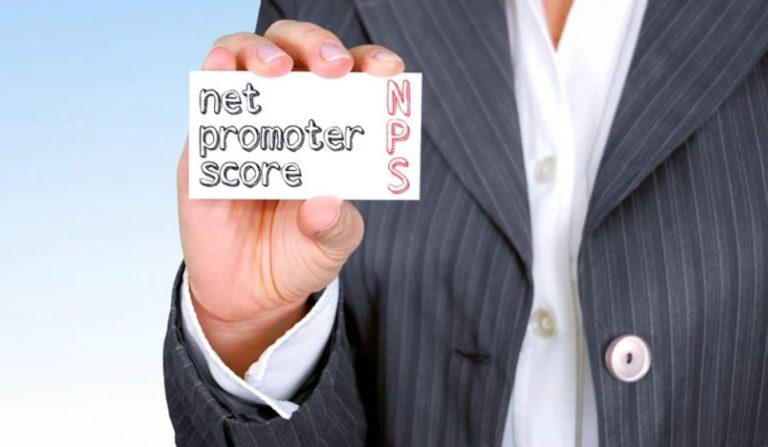
![[Solved] – [pii_email_7626800840576d24b18c] Email Error Code [Solved] – [pii_email_7626800840576d24b18c] Email Error Code](https://www.webtechgalaxy.com/wp-content/uploads/2021/10/error-9-768x512.jpg)
